CCTV News: The Maijishan Grottoes located in Tianshui, Gansu are listed as one of the "Four Major Grottoes in China". Recently, the largest grotto earthquake monitoring array in my country has been built here, providing a guarantee platform for earthquake-resistant early warning of cultural relics.
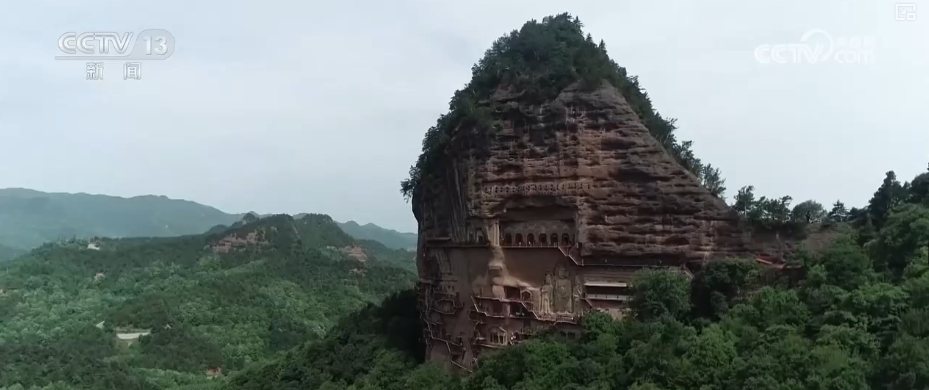
The Maijishan Grottoes are called the "Oriental Sculpture Exhibition Hall". The cliff structure, like the shape of a wheat pile, is both an artistic wonder and a seismic weakness. 221 caves hanging high above the mountain are connected by a 1.5-kilometer-long suspended plank road. The highest plank road is more than 70 meters away from the ground.
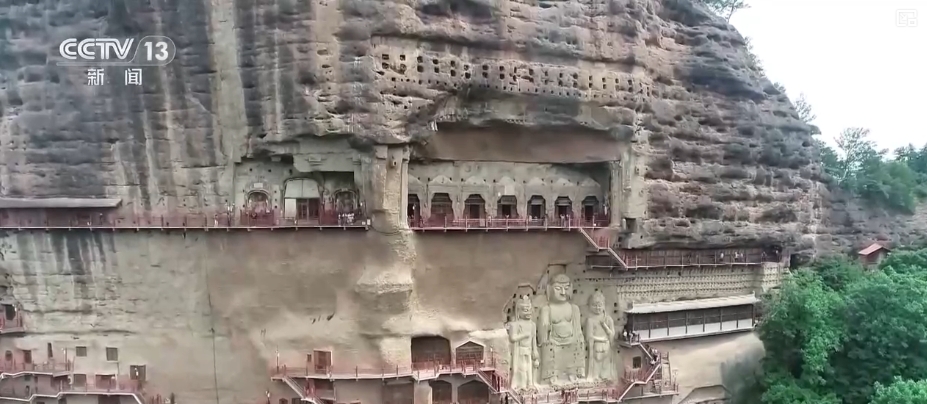
Zhou Weidong, senior engineer of the Information Center of Gansu Provincial Earthquake Bureau, introduced that they rely on more than 200 earthquake monitoring stations within 100 kilometers around the Maijishan Grottoes and 6 earthquake-strength monitoring stations arranged on the Maijishan Cliff body to form a complete grotto monitoring network. Provide a scientific basis for the precise formulation of earthquake protection plans
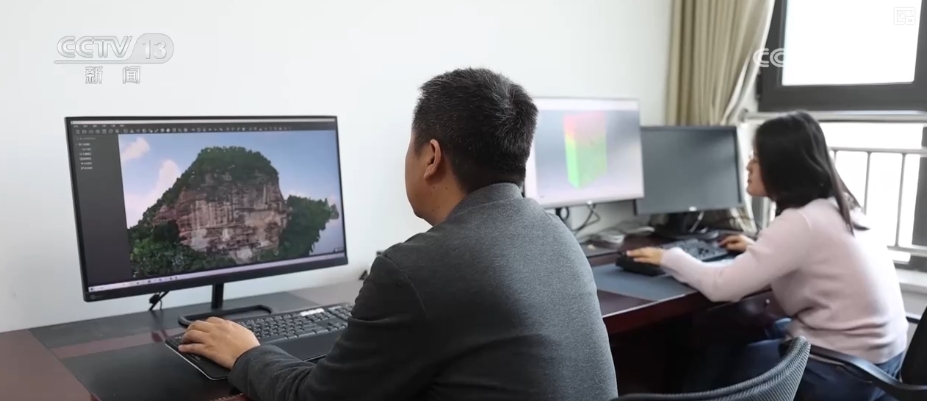
The overall construction of the Maijishan Grottoes Earthquake Monitoring Platform was completed on May 8, 2025. The newly built monitoring network can regularly return the collected data and display it through three-dimensional modeling to provide a scientific basis for the precise formulation of earthquake protection plans.
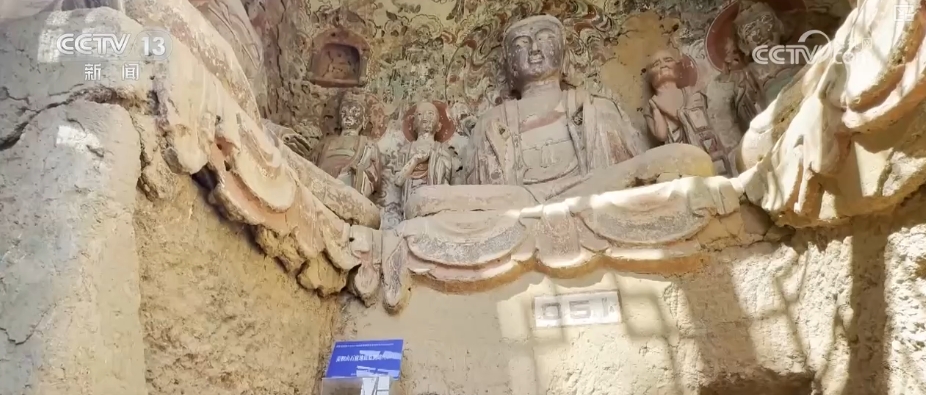
Zhou Weidong introduced that first, it can provide timely and effective earthquake warning services for the Maijishan Grottoes scenic spot and grottoes. Secondly, the intensive monitoring network can conduct real-time monitoring of earthquakes and other vibrations around grottoes. The most important thing is that the monitoring stations they have laid in the grottoes can provide basic data support for the next step of grotto protection and reinforcement. "Vibration detection + simulated earthquake" protects cultural relics to the greatest extent
The newly built grotto earthquake monitoring array has its main functions for earthquake monitoring and early warning. In the daily protection of grottoes, the Earthquake Bureau also has a set of special instruments - node seismometers. The staff use this instrument to regularly conduct vibration detection of grotto plank roads and mountains in order to discover detailed problems of grotto cultural relics and provide timely repair protection. In other words, the monitoring array is a scientific and technological disaster prevention, while vibration detection is to protect cultural relics to the greatest extent.

Staff from Gansu Provincial Earthquake Bureau introduced that the vibration detection of the grotto plank roads and mountains was used to perform vibration detection on the data obtained. Through the analysis, the vibration characteristics of different parts can be obtained. At the same time, using damage identification technology to timely locate the damaged parts of the plank road, which can be accurate to the millimeter level, providing technical solutions and guidance for repair work.
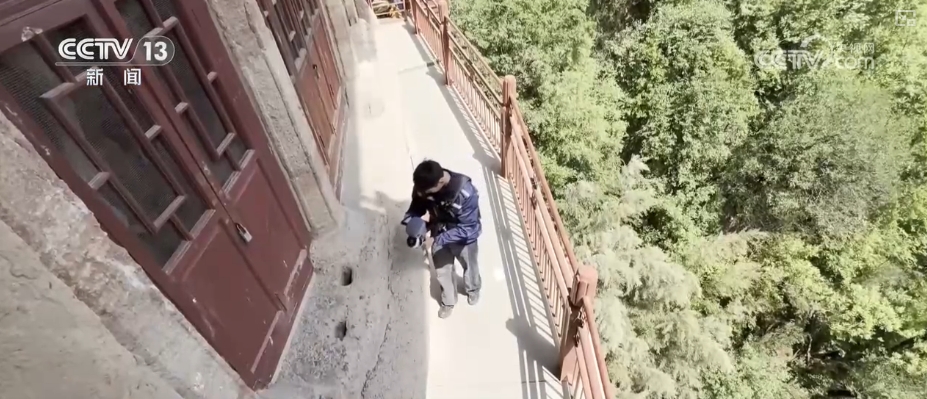
Lu Yuxia, an associate researcher at Gansu Provincial Earthquake Bureau, introduced that it can perform damage detection of the Maijishan Grottoes. In addition to the cultural relics, the Maijishan Grottoes also have many auxiliary plank roads, and these structures are weak links in earthquake resistance. These damages can be very secretive and are generally not easy to detect, and these damages can be identified through flow monitoring.
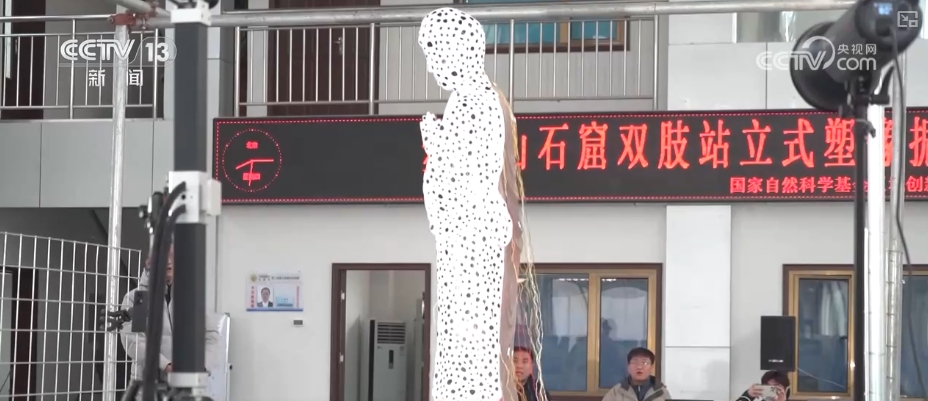
The Maijishan Grottoes are located in a high-intensity area of earthquakes, and have been partially damaged by earthquake disasters in history. In early 2025, the Gansu Provincial Earthquake Bureau cooperated with cultural relics protection units to use Buddha statues that were restored one by one in comparison with real cultural relics to perform simulated earthquake tests, obtain seismic parameters of the replica Buddha statues, and provide technical support for the reinforcement of seismic facilities of cultural relics.
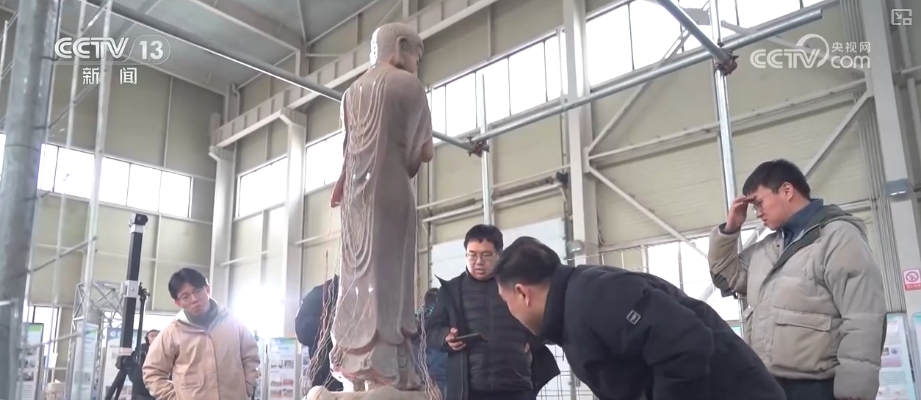
Chai Shaofeng, associate researcher at Lanzhou Rock and Earthquake Research Institute of China Earthquake Administration, introduced that the experimental technology of earthquake simulation vibration table is to apply different peak seismic degrees to Buddha statues or grotto cultural relics through model experiments to find out the weak parts of Buddha statues or cultural relics. For example, under the action of strong vibration, the feet, head and the connection parts of the Buddha statue first break. These parts are the key points for their cultural relics monitoring, early warning and prevention.





